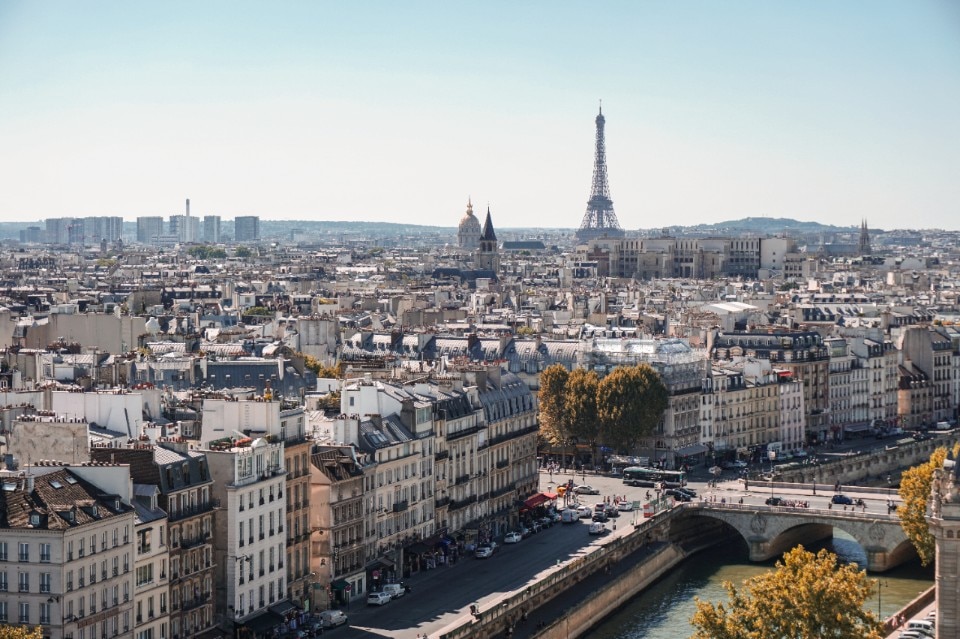After the City of Fifteen Minutes, the City of Five Minutes has the honour of making the Paris headlines. Unlike the former, theorised by Carlos Moreno and enthusiastically adopted as a model by Anne Hidalgo’s junta, the city of five minutes does not refer to a network of infrastructures and services, but to a paradigm of proximity on which to base social relations.
As recently reported by the New York Times, the need to transform neighbourhoods into villages of familiar faces within walking distance is the aim of an informal group of residents who call themselves La République des Hyper Voisins – the Republic of Hyper-Vicins. Born in 2017 from the idea of journalist Patrick Bernard and active in the 14th arrondissement, the association organises monumental neighbourhood dinners – the Table d’Aude, a table of more than 200 metres attended by more than 1,000 neighbours – as well as aperitifs and brunches, children’s workshops, outings, organic waste collection and support groups, some of which are run through dozens of themed WhatsApp channels. All these “social engineering” opportunities, as Bernard calls them, are useful tools for breaking down anonymity and reviving not only community bonds, but also the creation of sustainable services based on needs identified and discussed by the neighbourhood itself.
The experience, circumscribed for now, does not have the force to change the face and perception of a city notoriously devoted to formal distance and a certain snobbery. But it can serve as a model: it shows that in a capital city that has always made dirigiste and vertical urban intervention its barometer, the newfound strength of social relations can be a resilient tool to mitigate multiple housing tensions, direct participatory planning and perhaps stem the hemorrhage of residents – more than 10,000 – who leave Paris every year.
Opening image: Paris, photo Alexander Kagan on unsplash


